Introduction.
As cloud computing becomes increasingly integral, it’s vital to ensure your applications can scale to meet varying traffic demands while maintaining performance and reliability. Amazon Web Services (AWS), one of the largest and most widely used cloud platforms, offers a variety of solutions for this purpose, with load balancing being a key component. Load balancing is essential to distribute network traffic across multiple resources, ensuring optimal utilization of resources and avoiding overloading any single server. It is an essential aspect of any large-scale and scalable computing system, as it helps you to improve the reliability and performance of your applications.

In this blog post, we’ll guide you through setting up and using Amazon’s load balancing services.
Step 1: Navigate the EC2 instance.
- You will create two instance.
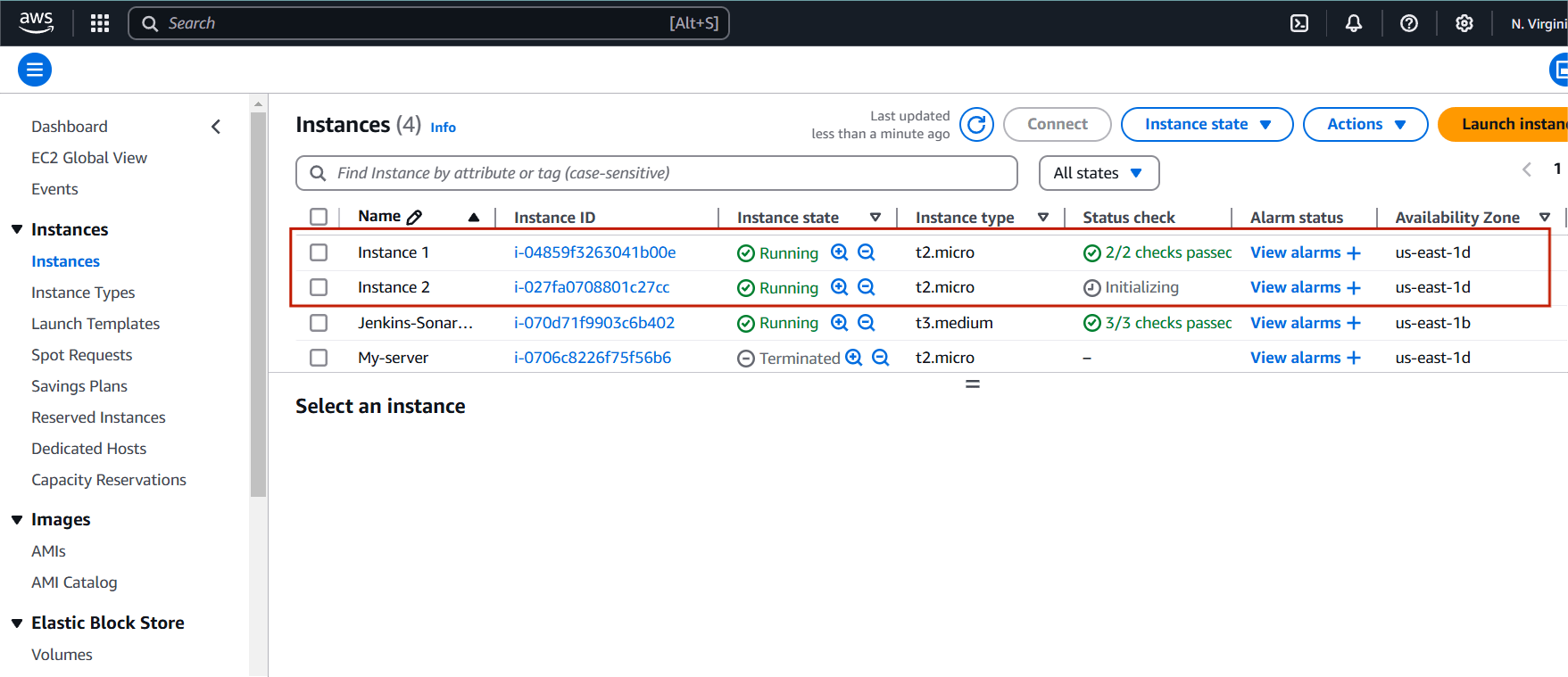
STEP 2 : Scroll down and click the Load balancer on your left side panel.
- Click create load balancer.
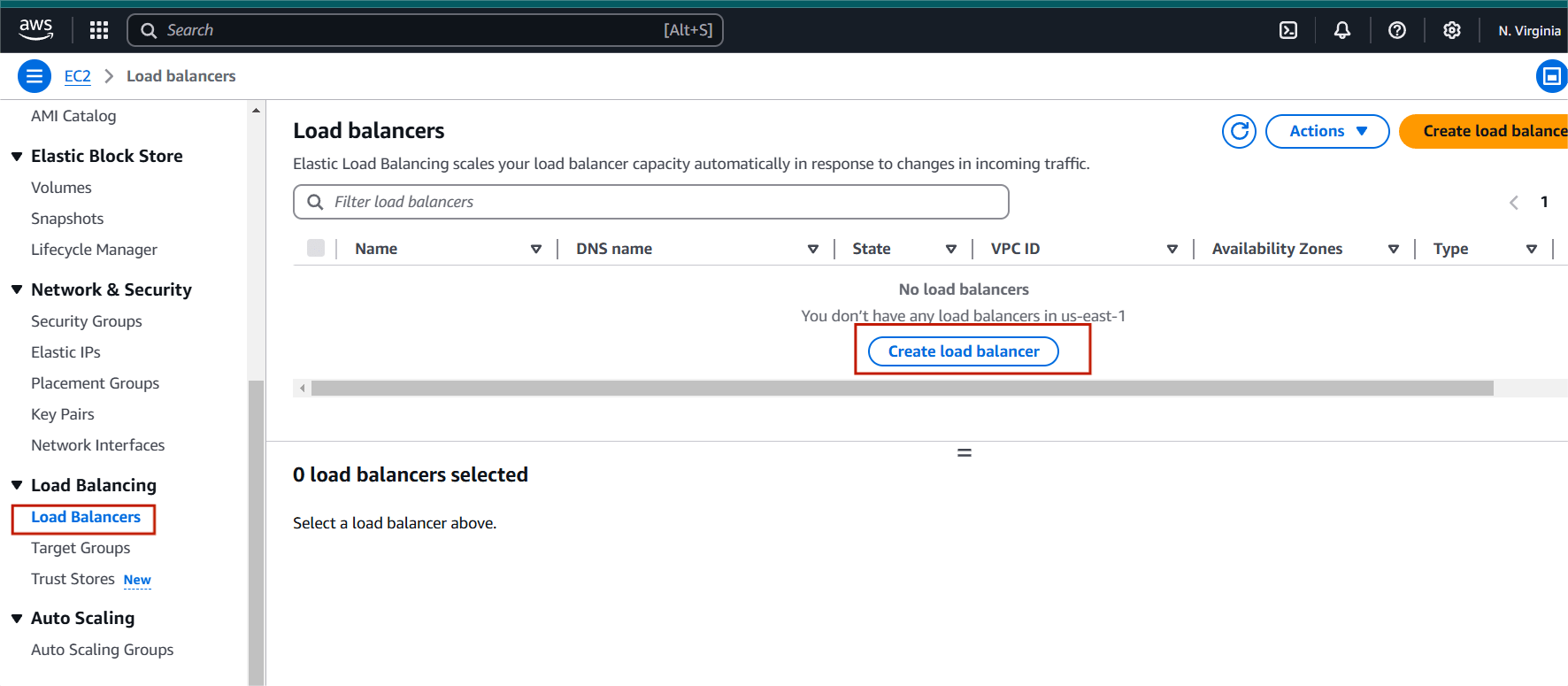
STEP 3: Select Application load balancer and create.
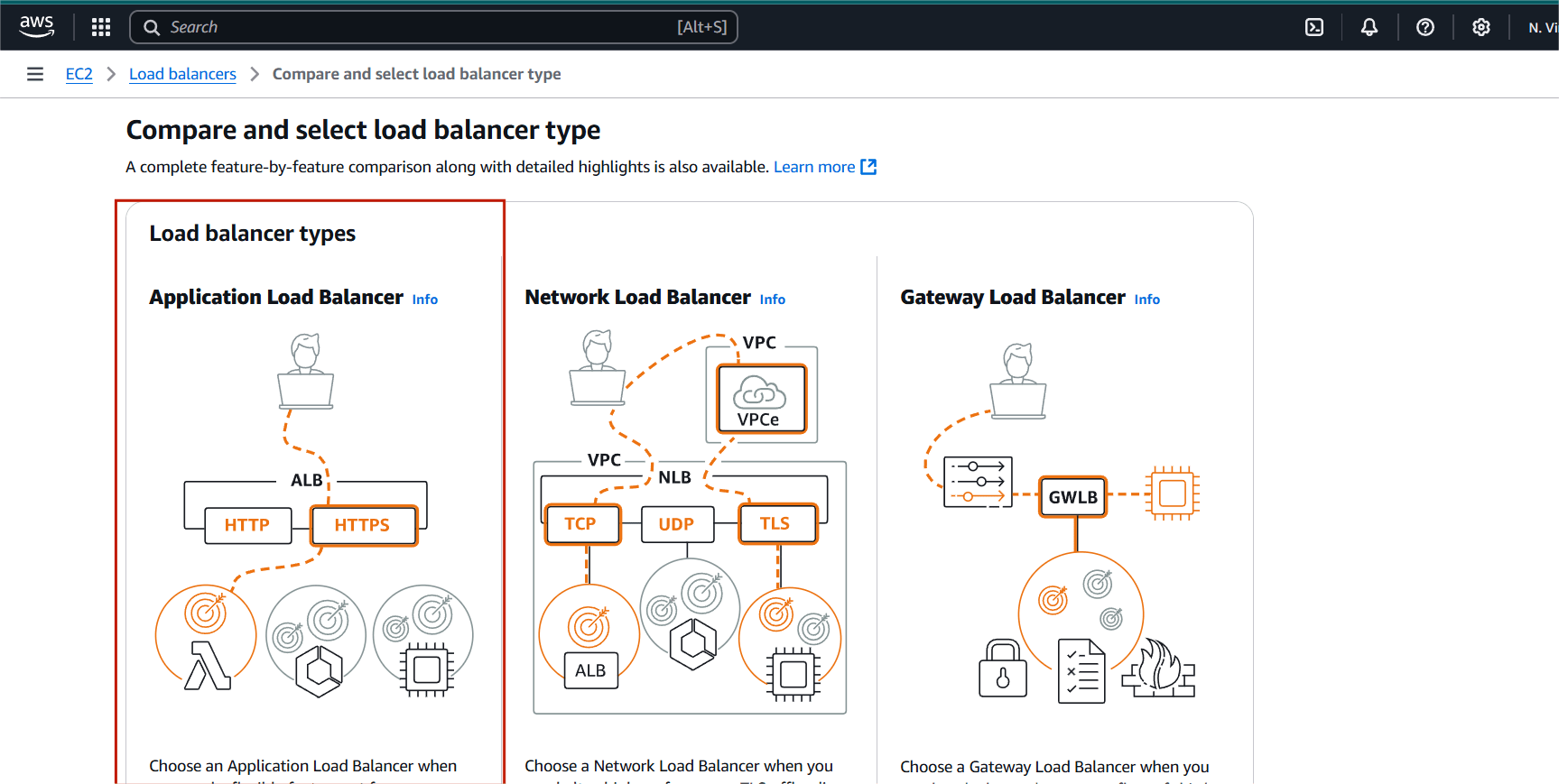
STEP 4: Enter the Load balancer name.
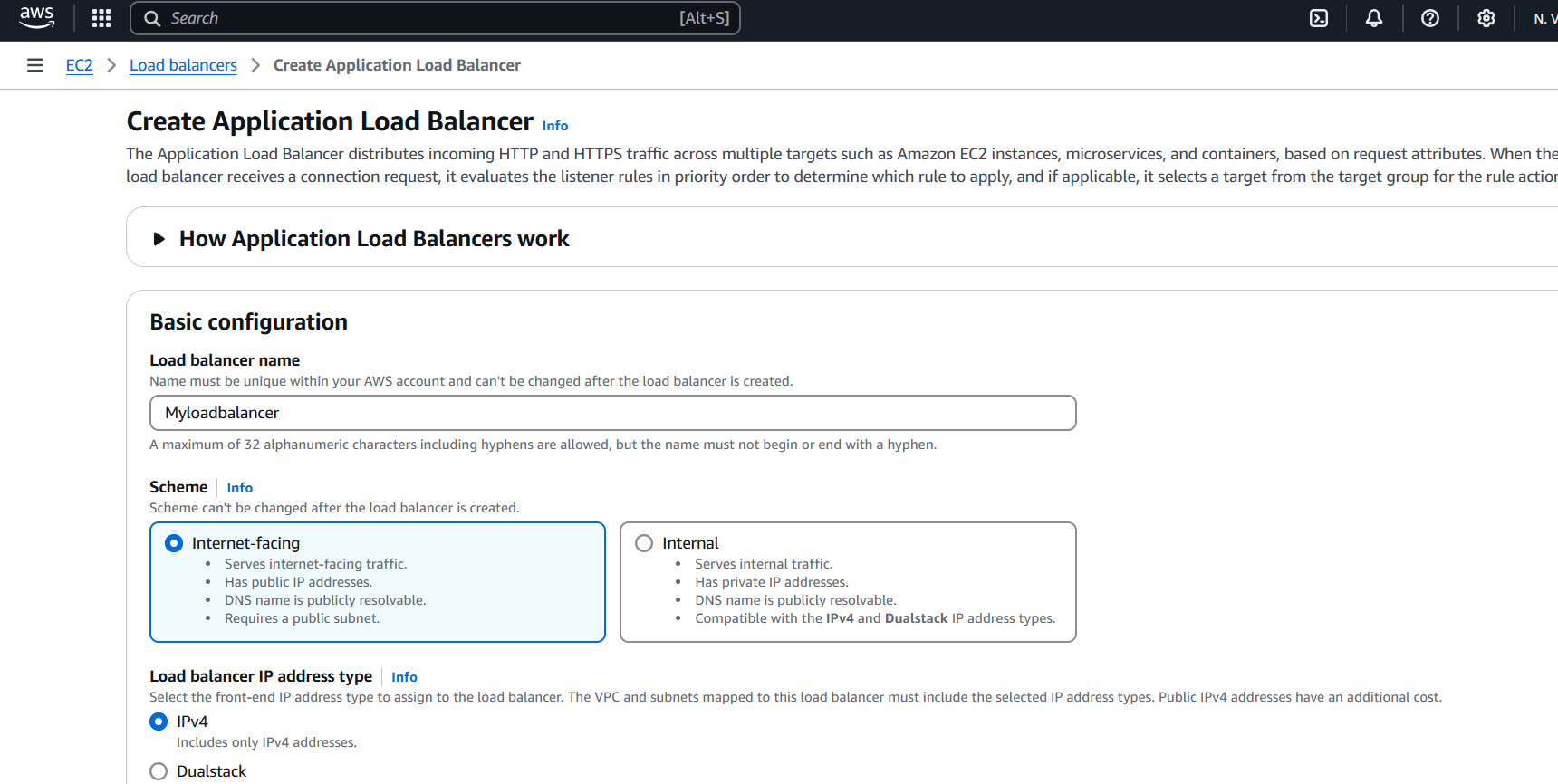
STEP 5: Select the availability zone minimum 2 subnet.
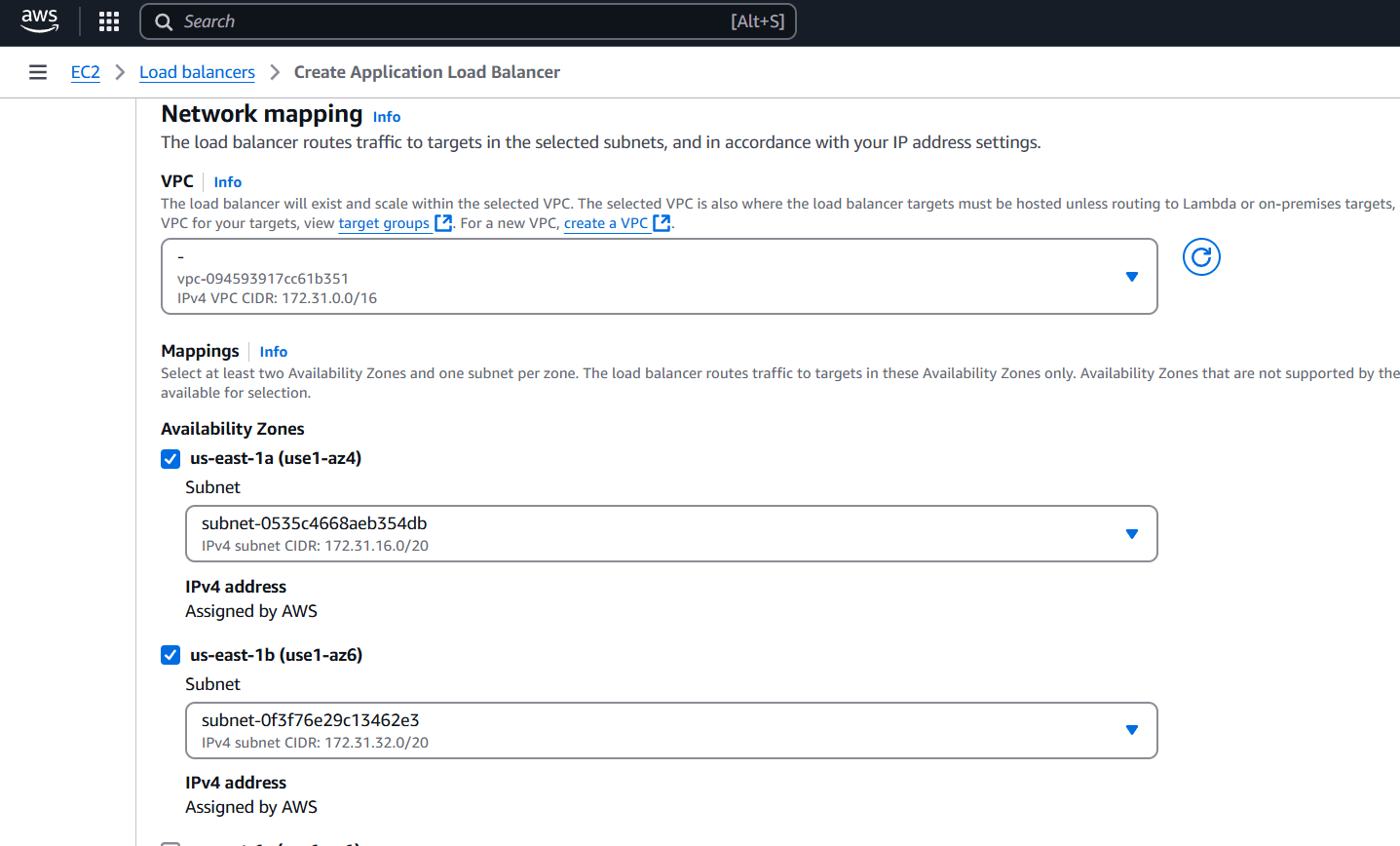
STEP 6: Select security group and target group.
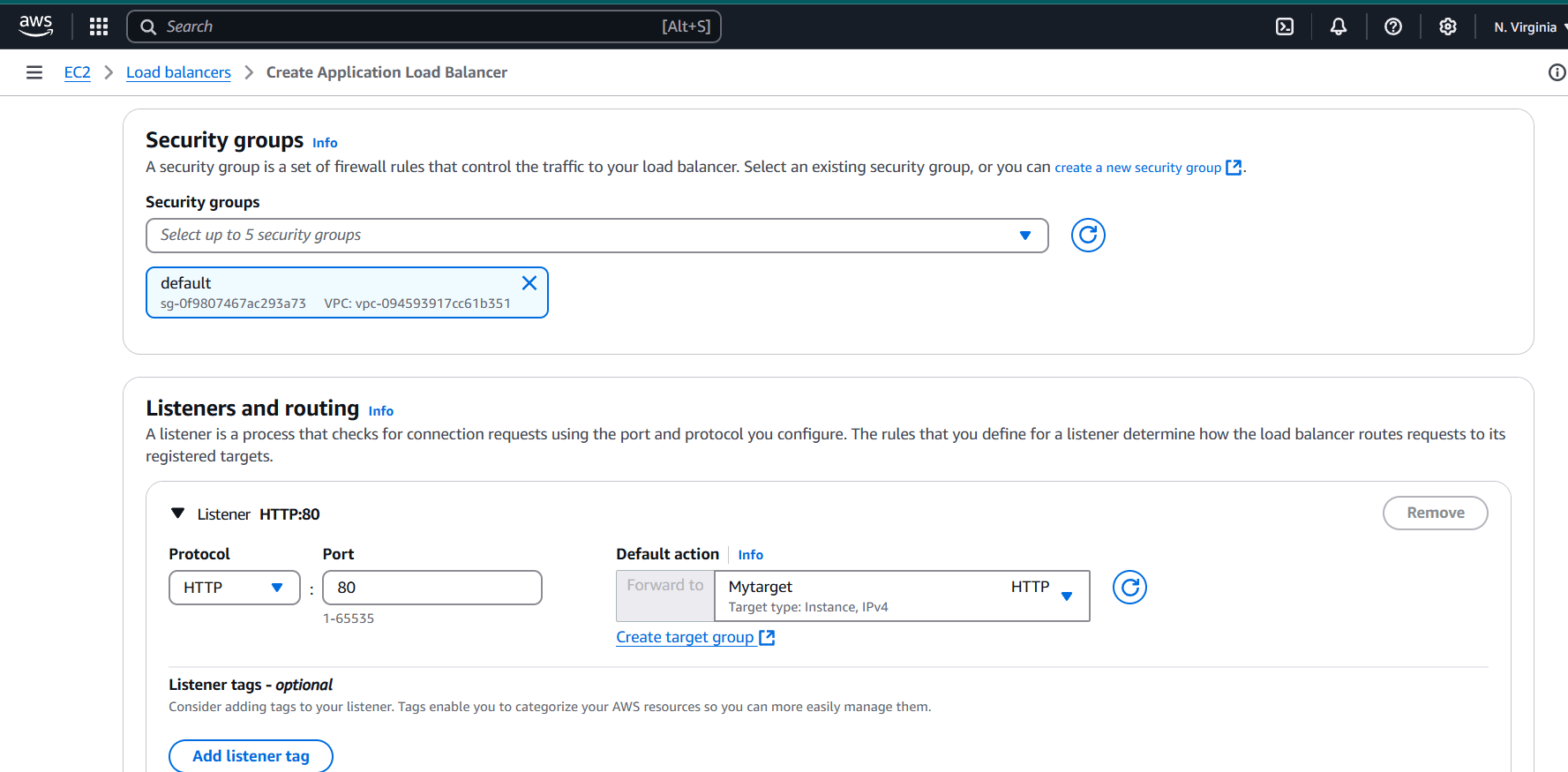
STEP 7: Click on create load balancer.

STEP 8: This highlighted part is the DNS name which when copied in the URL will host the application and will distribute the incoming traffic efficiently between the two instances.
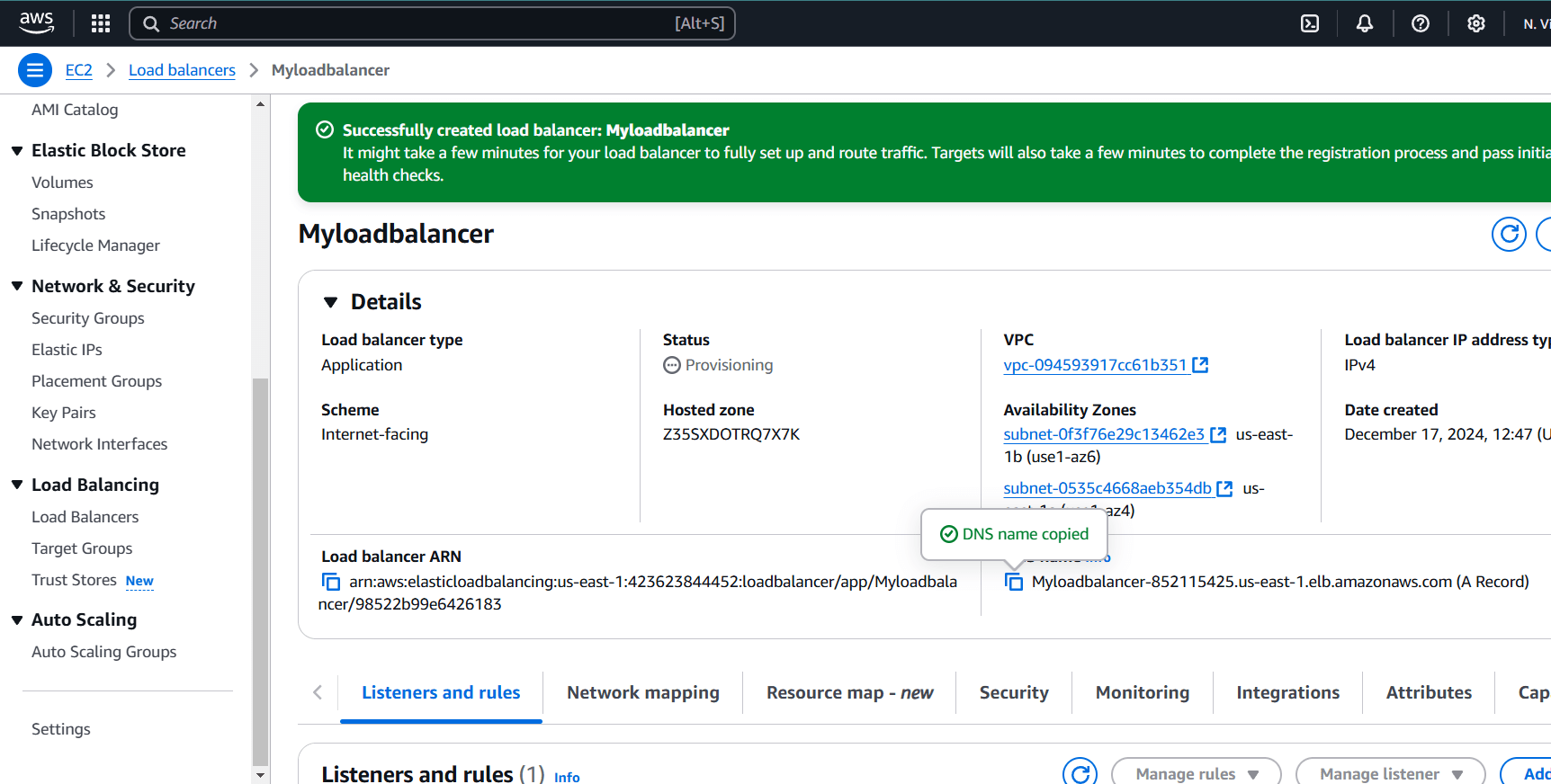
STEP 9: This is the listener port 80 which listens to all the incoming requests


Conclusion.
In conclusion, load balancing is a critical component of modern cloud infrastructure that ensures high availability, optimal performance, and reliability for applications. Whether you’re running a small website or a large-scale distributed system, load balancing provides several key benefits that improve both the user experience and system efficiency. Load balancing allows you to seamlessly scale your infrastructure to meet varying levels of traffic. As user demand grows, you can add more servers to handle the increased load, and the load balancer will automatically distribute traffic accordingly.

Add a Comment